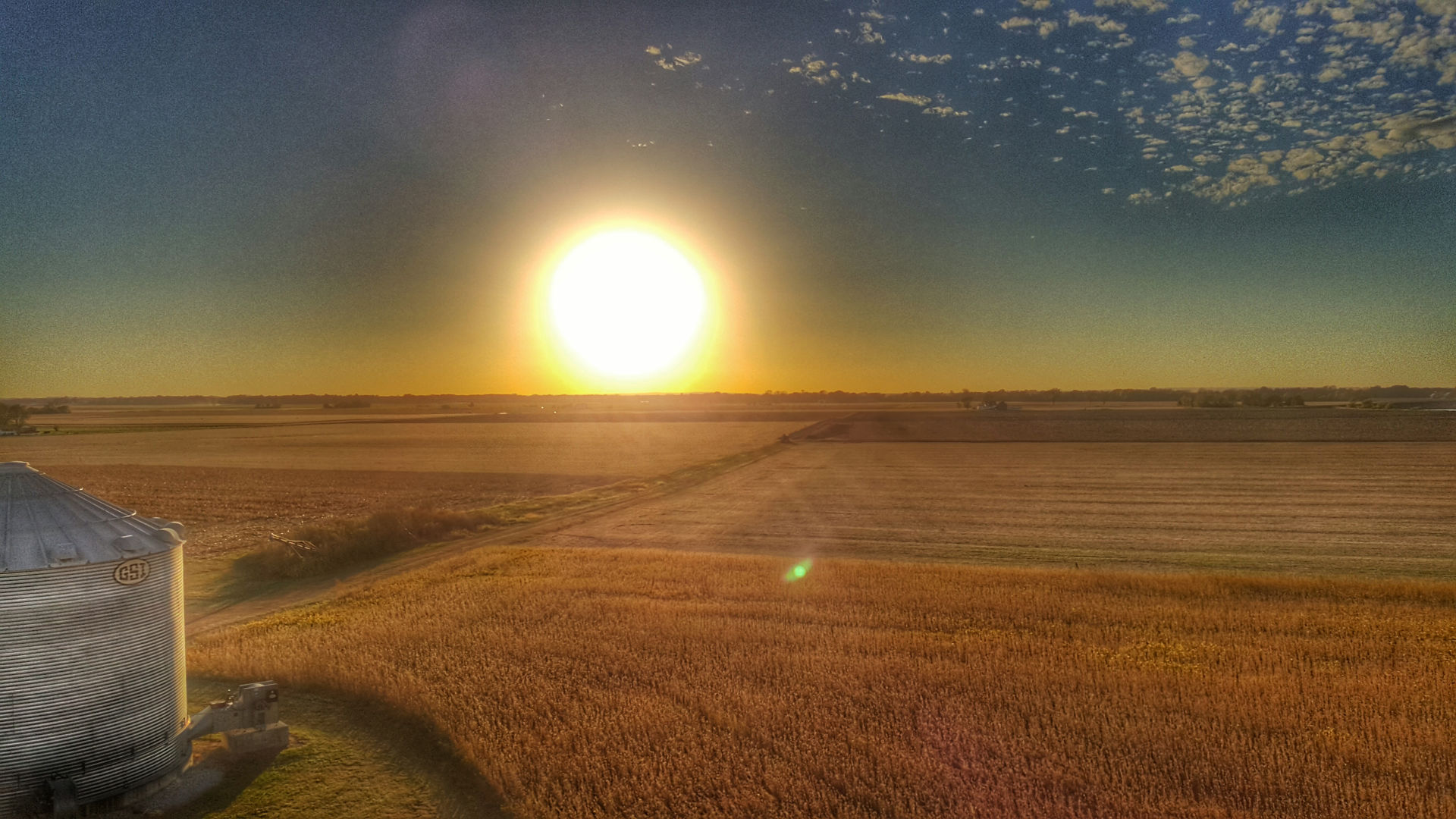Farm economists point to an almost perfect storm of warning signs that signaled a rocky farm economy in 2019.
The Farm Foundation, Oct. 22, hosted its monthly forum, titled, “Farm Economy: Issues and Impacts.” The forum’s slate of economic experts included: John Newton, chief economist of the American Farm Bureau Federation; Seth Meyer, associate director and research professor, Food and Agricultural Policy Research Institute, University of Missouri; and Keith Coble, professor and head of the Mississippi State University department of agricultural economics.
Newton said that while it’s true that net farm income in 2019 is in the top 30% of all time, strip away the federal aid packages from natural disasters, prevented planting, trade aid and more, the economic story is quite different. It actually brings the net farm income down to $69 billion, or in the bottom 50% of all time farm incomes.
“This year, projected net farm income is at $88 billion,” Newton said. “Of that, $33 billion is federal support payments, disaster payments, trade aid, farm program payments.” And that federal support is projected to increase by 53% in 2019, while actual farm-related income from commodities and livestock sales will be down 14 to 15% from 2018.
“When I talk to farmers and ranchers around this country, people aren’t acting like 2019 is better,” Newton said. “I haven’t met a farmer yet say 2019 is better for me.”
Three factors went into this situation. First, from 2006-2016 global agricultural output rose drastically in response to high farm prices, Newton said. China’s agricultural output was up by 40%, for example. And while output was expanding to meet the growing global demand, there was a slowdown in the global economy in 2012-13.
This was before the second factor came into play: global trade wars.
“Year-to-date 2019, agricultural exports are down nearly $6 billion compared to 2018,” Newton said. Exports to China are down to $784 million, Hong Kong down to $428 million, and sales to Japan were just $863 million through August because of the implemented Comprehensive and Progressive Agreement for Trans-Pacific Partnership. This slowdown in ag exports just piled onto the downturn in the farm economy, Newton said.
“Prior to the China trade war, China purchased one-third of every soybean acre in the United States,” Newton said. “This year, they purchased just 11% of every soybean acre.” Part of that was the trade war, but also much of that can be attributed to the African swine fever outbreak in China that has depopulated 30-50% of the country’s swine herd.
Any talk of 2019 can’t be complete without mentioning the weather challenges farmers faced coast-to-coast, particularly in the Midwest, where corn and soybean planting was drastically delayed or even prevented in many parts, Newton said. More than 11 million acres of corn and 4 million acres of soybeans were not planted. That led to about $3 billion in just prevented planting payments alone.
Trade aid packages and disaster packages are some help, but it’s just a Band-Aid when looking at the long-term picture. Without significant movement on the agricultural commodity trade front, and some growth in the global economy, farmers and ranchers are in a tight spot when it comes to talking to their lenders.
“Cash rental rates in Iowa are down 11 to 14% from last year,” Newton said. That’s a good indicator of the farm sector’s performance. Also, debt-to-asset and debt-to-equity ratios have climbed, but still not into record highs.
“We have over $3 trillion in farm asset values, and that keeps those ratios from jumping significantly,” Newton said. Still, farm debt is projected to rise in 2019, to $416 billion. The Federal Deposit Insurance Corp. has reported it’s seeing the farm loan delinquency rates increasing, to the highest level since 2012.
“More farmers are behind on loans, and extending their loans out over longer repayments because of the downturn,” Newton said. And many of them are only able to service that debt because of off-farm income that brings in health insurance and other benefits to the family.
That’s likely to change farm structure in the coming years. Coble said that considering the pressures from climate change to federal policy to even farm transitions and more, farmers are going to have to catch up with their management skills to survive.
“Those farms at the cutting edge of management are going to be the ones that survive, will be able to lease land from other people,” Coble said. And while we’re poised for a period of transitioning from one generation to the next, he doesn’t see that land going out of production. Rather, there will b more pressure in the coming years to see large farms managing more and more acres with the best tools.
“Also, we may see movement to smaller, local farms,” he said. It’s a further “hollowing out” of the mid-size farm.
“You can’t predict when the next demand shock or supply shock will hit the system,” Newton said. Farmers just want to know the rules of the trade game, so that they can be ready to capitalize when the opportunities arise, he added. And figuring out the trade situation is going to go a long way to stabilizing the farm economy.
The full forum can be heard at www.farmfoundation.org/forums/2019-farm-foundation-forums/farm-economy-issues-and-impacts-forum.
Jennifer M. Latzke can be reached at 620-227-1807 or [email protected].




